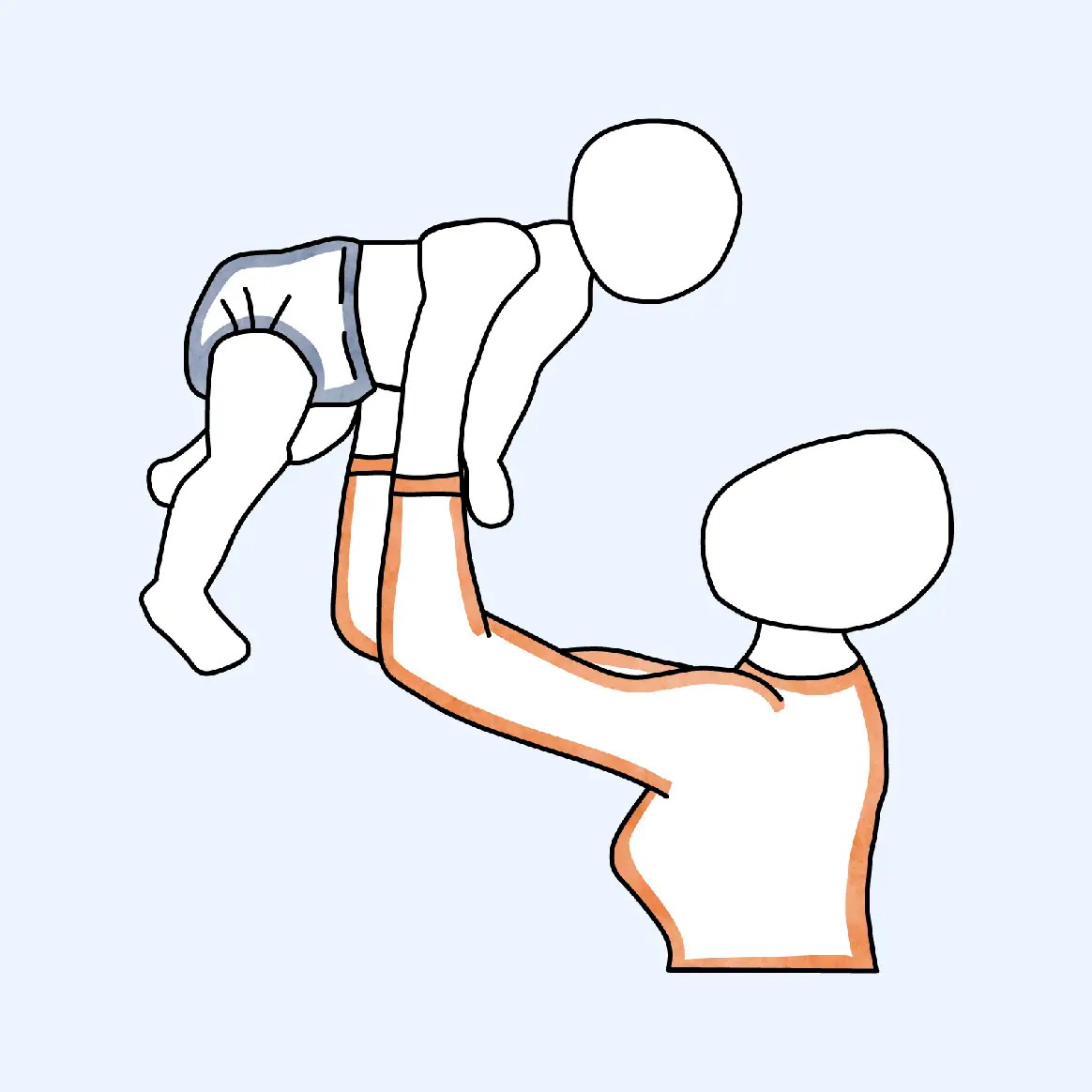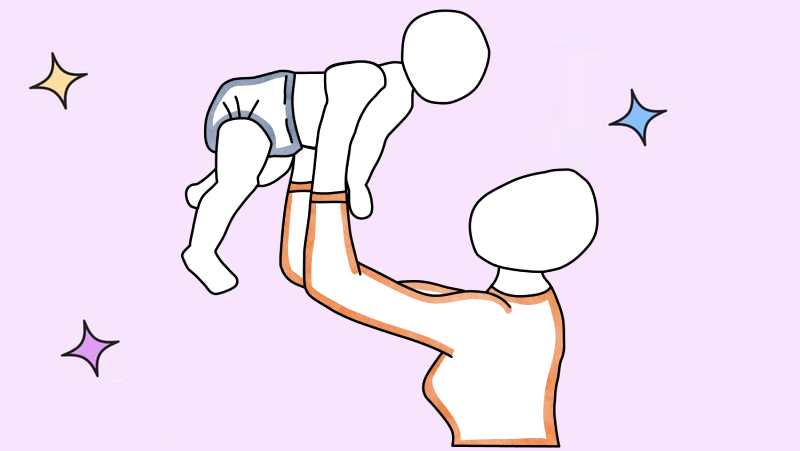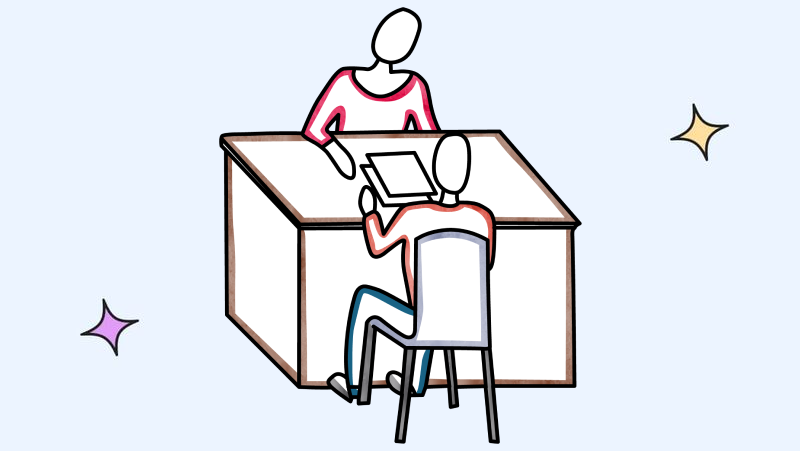Piaget's Theory of Cognitive Development
Discover Piaget's Theory of Cognitive Development and how children's thinking evolves from infancy to adolescence, with real examples and practical insights.

Why Do Children Think Differently at Different Ages?
Have you ever wondered why a toddler believes a toy disappears when it's hidden under a blanket? Or why a young child thinks a taller glass holds more water than a shorter one, even if both contain the same amount? These aren't just quirks of childhood, they're signs of how children's minds evolve through predictable, structured stages.
Swiss psychologist Jean Piaget spent decades observing how children interact with their environment, leading to one of the most influential frameworks in developmental psychology: the Theory of Cognitive Development. The Theory of Cognitive Development remains central to understanding how knowledge is constructed over time.
This theory explains how human thinking, or cognition, develops in four universal stages from birth to adolescence. Understanding these stages helps us make sense of children's behaviors, supports effective education, and provides insight into how learning happens at every age.
What Is Cognitive Development?
Cognitive development refers to how people come to perceive, think, and understand their world through the growth of thought processes such as memory, problem-solving, language, and decision-making. For Piaget, this wasn't a matter of accumulating more knowledge, it was about fundamental changes in how we think over time.
Piaget's theory is built on the idea that children are active learners who construct knowledge by interacting with their environment. Learning isn't passively received, it's built step by step, as the child's cognitive abilities mature.
To understand how Piaget's Theory of Cognitive Development aligns with broader educational theory, see our article on Piaget's Cognitivism.
The Four Stages of Cognitive Development
Piaget identified four main stages, each characterized by unique ways of thinking and understanding the world. Each stage in Piaget's Theory of Cognitive Development reflects a qualitative shift in how children think, reason, and understand the world around them:
1. Sensorimotor Stage (Birth to ~2 Years)
The sensorimotor stage is the foundation of cognitive growth. From birth, infants learn through sensory experiences (sight, sound, touch) and physical interaction with their environment. Thought and action are indistinguishable at this stage, cognition is literally built through movement.
Key Milestones
- Object permanence:
Understanding that objects continue to exist even when out of sight. - Goal-directed behavior:
Performing actions intentionally to achieve desired outcomes. - Cause-and-effect learning:
Realizing that certain actions produce specific results (e.g., pressing a button makes music play).
Real-World Example
A 10-month-old watches a parent hide a toy under a cloth. Instead of losing interest, the infant lifts the cloth to retrieve it, demonstrating object permanence.
Educational Insight
At this stage, repetition, sensory exploration, and immediate feedback support learning. Interactive toys, songs, and cause-effect tools provide the cognitive stimulation needed for foundational development.
2. Preoperational Stage (2 to 7 Years)
In the preoperational stage, children begin using symbols, such as words and images, to represent objects. Language development accelerates, and pretend play becomes a core activity. However, logical reasoning remains limited, and thinking is dominated by intuition and appearance.
Key Characteristics
- Egocentrism:
Difficulty seeing the world from another's point of view. - Centration:
Focusing on one aspect of a situation while ignoring others. - Lack of conservation:
Struggling to understand that quantity remains the same despite changes in shape or appearance. - Animism:
Believing inanimate objects have feelings or intentions.
Real-World Example
A child sees the same amount of water poured into a taller glass and insists it holds more. This classic conservation task shows that preoperational thinking focuses on visual cues rather than logic.
Educational Insight
Instruction should emphasize visual aids, symbolic play, and storytelling. While children can describe and imagine, educators should avoid relying on abstract logic. Concepts must be grounded in tangible, relatable experiences.
3. Concrete Operational Stage (7 to 11 Years)
In the concrete operational stage, children develop the ability to think logically, but only about concrete, observable events. They understand how to manipulate ideas mentally, but their reasoning is still tied to the physical world.
Key Advancements
- Conservation and reversibility:
Understanding that actions can be undone and that quantity remains consistent. - Classification and seriation:
Organizing objects based on shared properties or size. - Reduced egocentrism:
Recognizing that others have perspectives different from their own. - Inductive reasoning:
Drawing general conclusions from specific examples.
Real-World Example
A student correctly groups animals into categories like mammals and reptiles, then explains why. They can also sort objects by multiple traits (color, size, shape), showing multidimensional classification skills.
Educational Insight
This is the ideal time for hands-on learning, problem-solving activities, and structured logic exercises. Learners can follow step-by-step instructions and apply reasoning to real-world scenarios, but still require concrete examples to grasp more complex ideas.
4. Formal Operational Stage (12 Years and Up)
The formal operational stage marks the onset of abstract, hypothetical, and systematic thinking. Adolescents can reason about possibilities, imagine multiple outcomes, and engage in philosophical and scientific thought.
Cognitive Abilities
- Abstract reasoning:
Thinking about concepts not directly tied to experience (e.g., freedom, justice). - Deductive logic:
Using general principles to reach specific conclusions. - Hypothetical thinking:
Considering "what if" scenarios. - Metacognition:
Reflecting on one's own thoughts and reasoning processes.
Real-World Example
A teenager debates climate change policy using evidence and hypothetical scenarios, then evaluates the moral implications of proposed solutions, skills impossible in earlier stages.
Educational Insight
Learning at this stage benefits from debate, conceptual modeling, research projects, and reflective writing. Students can now construct and deconstruct arguments, imagine future states, and analyze abstract systems.
| Stage | Age Range | Dominant Thinking Style | Key Developmental Markers |
|---|---|---|---|
| Sensorimotor | 0–2 years | Sensory, motor-based | Object permanence, intentional action, cause-effect awareness |
| Preoperational | 2–7 years | Symbolic, intuitive | Egocentrism, animism, lack of conservation, pretend play |
| Concrete Operational | 7–11 years | Logical (concrete) | Classification, reversibility, perspective-taking |
| Formal Operational | 12+ years | Abstract, hypothetical | Deductive logic, metacognition, moral reasoning |

Why Piaget's Theory of Cognitive Development Still Matters Today
Jean Piaget's theory remains a cornerstone in the fields of child development, educational psychology, and instructional design. While modern research has built on and refined his ideas, adding cultural, social, and neurological insights, the core framework continues to provide a reliable foundation for understanding how children grow intellectually.
It also challenges educators and content creators to align instructional methods with developmental readiness. Teaching logical problem-solving to a child in the preoperational stage is unlikely to succeed, not because the content is wrong, but because the cognitive tools required aren't available yet.
"Learning is not just the accumulation of information. It's the evolution of thinking itself"
Piaget's four stages show that children don't just know more as they grow older; they know differently. Designing effective education, whether in the classroom, in digital media, or in parenting, starts with understanding how that transformation unfolds.
Reflection & Discussion
- How do your experiences with children match Piaget's stages?
- In what ways can educators tailor instruction to match cognitive readiness?
- How can digital tools adapt content based on developmental stage?


